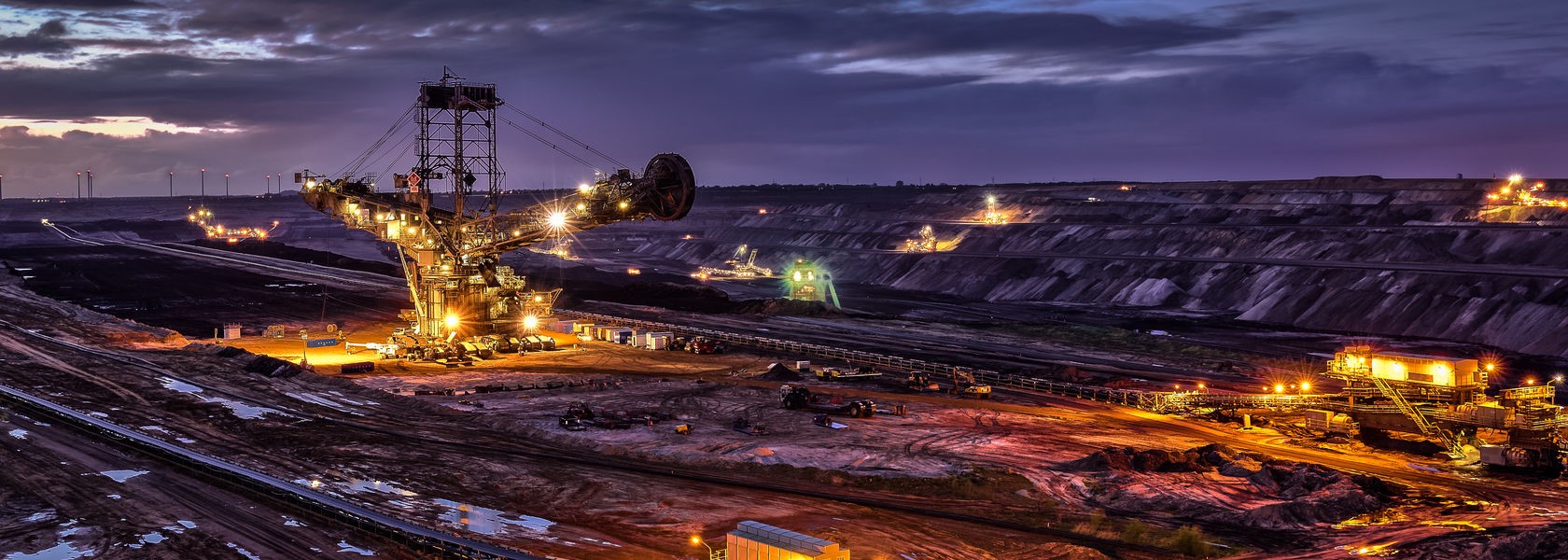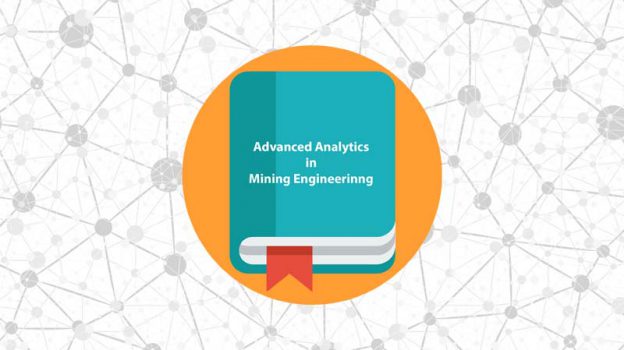
CHAPTER DESCRIPTION
In recent years, there has been increased attention on the possible impact of future robotics and Artificial intelligence (AI) systems. Prominent thinkers have publicly warned about the risk of a dystopian future when the complexity of these systems progresses further. These warnings stand in contrast to the current state-of-the-art of the robotics and AI technology. Digital transformation and applied automation are growing fast in the mining industry. It is essential to adapt to the mining industry with the related innovations which play critical roles in the digital revolution. The core of these innovations is applied machine learning (ML) and AI across the mining value chain. Many of us would assume that the mining industry would have driven advances in robotics, automation, AI, and ML due to the remote mine sites, the hazardous nature of the work, and the high costs of labor and transport. However, it is the manufacturing sector that has spearheaded most of the technological developments, but it is now the mining sector that is now taking advantage of those proven technologies to help boost its recovery after a significant downturn. In today’s highly efficient mining operations, making the right decisions depends on their 360-degree visibility of the business and the market, combined with accurate demand forecasting. With huge footprints in remote locations, diverse labor forces, and complex and time-consuming projects, mining companies use enterprise resource planning (ERP) and advanced analytics systems as the technology backbone to their businesses. ML and AI are the main part of an advanced data analytics approach, which is increasingly being relied on to make decisions about people, processes, and technologies, be it accessing worker productivity, to explore the next mine site, or predict to schedule equipment for maintenance. Although AI and ML-based analytics deliver results, its recommendations for people-based decisions are subject to ethical considerations. Issues arise if AI and ML models have a bias based on gender, age, or ethnicity and is not fair in providing recommendations. There are multiple AI policy guidelines available from the US, Europe, and Asia to help organizations ensure that they build and use ethical AI. This chapter discusses AI use cases in the mining industry with ethical considerations, reviews critical challenges, and potential bias mitigation strategies.







